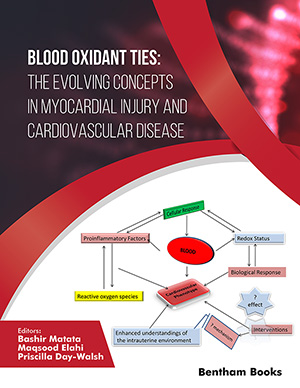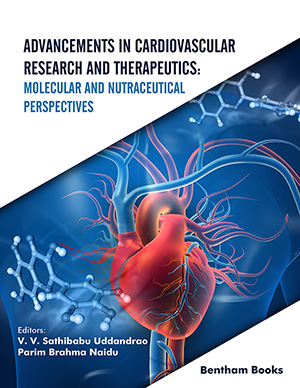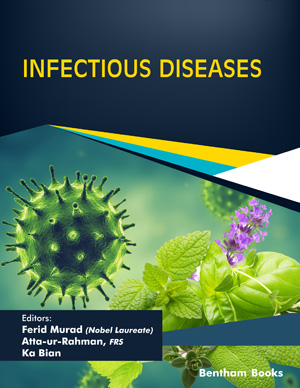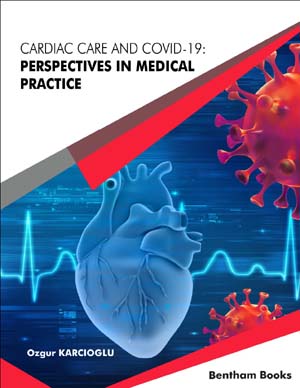
Abstract
Background: Despite advances in managing hypertension, hypertensive emergencies remain a common indication for emergency room visits. Our study aimed to determine the clinical profile of patients referred with hypertensive emergencies.
Methods: We conducted an observational study involving patients aged ≥18 years referred with hypertensive crisis. A diagnosis of hypertensive emergencies was based on a systolic blood pressure (BP) ≥180 mmHg and/or a diastolic BP ≥110 mmHg, with acute hypertension-mediated organ damage (aHMOD). Patients without evidence of aHMOD were considered hypertensive urgencies. Hypertensive disorders of pregnancy and unconscious patients were excluded from the study.
Results: Eighty-two patients were included, comprising 66 (80.5%) with hypertensive emergencies and 16 (19.5%) with hypertensive urgencies. The mean age of patients with hypertensive emergencies was 47.9 (13.2) years, and 66.7% were males. Age, systolic BP, and duration of hypertension were similar in the hypertensive crisis cohort. Most patients with hypertensive emergencies reported nonadherence to medication (78%) or presented de novo without a prior diagnosis of hypertension (36%). Cardiac aHMOD (acute pulmonary edema and myocardial infarction) occurred in 66%, while neurological emergencies (intracranial hemorrhage, ischemic stroke, and hypertensive encephalopathy) occurred in 33.3%. Lactate dehydrogenase (LDH) (P < 0.001), NT-proBNP (P=0.024), and cardiac troponin (P<0.001) were higher in hypertensive emergencies compared to urgencies. LDH did not differ in the subtypes of hypertensive emergencies.
Conclusion: Cardiovascular and neurological emergencies are the most common hypertensive emergencies. Most patients reported nonadherence to medication or presented de novo without a prior diagnosis of hypertension.
Keywords: Hypertensive crisis, hypertensive emergency, hypertensive urgency, clinical profile, lactate dehydrogenase, cardiac troponin, brain natriuretic peptide, tertiary hospital.
[http://dx.doi.org/10.1161/HYPERTENSIONAHA.119.14240] [PMID: 31865786]
[http://dx.doi.org/10.1161/CIRCULATIONAHA.115.018912] [PMID: 27502908]
[http://dx.doi.org/10.1093/eurheartj/ehz300] [PMID: 31041440]
[http://dx.doi.org/10.1016/S0140-6736(19)30955-9] [PMID: 31327566]
[http://dx.doi.org/10.1161/01.HYP.27.1.144] [PMID: 8591878]
[http://dx.doi.org/10.1371/journal.pone.0093542] [PMID: 24695800]
[http://dx.doi.org/10.4414/smw.2019.20018] [PMID: 30715723]
[http://dx.doi.org/10.1093/ehjcvp/pvy032] [PMID: 30165588]
[http://dx.doi.org/10.1111/jch.12058] [PMID: 23458594]
[http://dx.doi.org/10.1093/ndt/gfq143] [PMID: 20299339]
[http://dx.doi.org/10.1093/eurjpc/zwab159] [PMID: 34718521]
[http://dx.doi.org/10.1097/HJH.0000000000002372] [PMID: 32510905]
[http://dx.doi.org/10.1097/HJH.0000000000002213] [PMID: 31415308]
[http://dx.doi.org/10.1097/CCM.0b013e3182227238] [PMID: 21666448]
[http://dx.doi.org/10.2215/CJN.14181021] [PMID: 35292532]
[http://dx.doi.org/10.11124/JBIES-20-00243] [PMID: 33555818]
[http://dx.doi.org/10.1111/jch.13083] [PMID: 28866866]
[http://dx.doi.org/10.1016/j.repc.2013.04.017] [PMID: 24418685]
[http://dx.doi.org/10.1111/jch.14035] [PMID: 32951311]
[http://dx.doi.org/10.1038/ajh.2010.71] [PMID: 20395943]
[http://dx.doi.org/10.1186/s40885-021-00188-w] [PMID: 34980274]
[http://dx.doi.org/10.1186/s12875-016-0440-0] [PMID: 27036116]
[http://dx.doi.org/10.1093/eurheartj/ehy339] [PMID: 30165516]
[http://dx.doi.org/10.1016/S1474-4422(12)70104-7] [PMID: 22698888]
[http://dx.doi.org/10.1161/CIRCRESAHA.116.303596] [PMID: 25767286]
[http://dx.doi.org/10.1161/CIRCRESAHA.121.319949] [PMID: 35420918]
[http://dx.doi.org/10.1038/s41440-020-0521-2] [PMID: 32719463]
[http://dx.doi.org/10.1038/jhh.2013.132] [PMID: 24430711]
[http://dx.doi.org/10.1097/HJH.0000000000001446] [PMID: 28622157]
[http://dx.doi.org/10.3390/diagnostics13091605] [PMID: 37174996]
[http://dx.doi.org/10.2174/1871530320666191230141110] [PMID: 31886754]
[http://dx.doi.org/10.1309/AJCTP0FC8QFYDFA] [PMID: 25596240]
[http://dx.doi.org/10.21037/apm-21-2195] [PMID: 34498480]
[http://dx.doi.org/10.1007/s13224-011-0093-9] [PMID: 23204682]
[http://dx.doi.org/10.1080/07853890.2022.2034934] [PMID: 35112971]
[http://dx.doi.org/10.1097/HJH.0000000000001913] [PMID: 30160657]
[http://dx.doi.org/10.1038/jhh.2015.112] [PMID: 26582411]
[http://dx.doi.org/10.1111/j.1527-5299.2004.03271.x] [PMID: 15604859]
[http://dx.doi.org/10.1056/NEJMoa011053] [PMID: 11586953]
[http://dx.doi.org/10.1038/s41598-022-25705-1] [PMID: 36470945]
 31
31 3
3


















